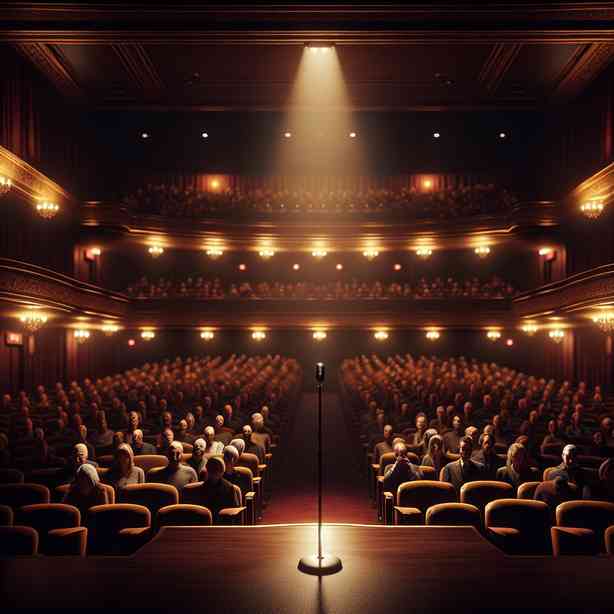
In the realm of performance arts, silence holds a profound significance that often goes unnoticed. While loud applause, high-energy dialogue, and vibrant music draw immediate attention, it is the moments of silence that can convey deep emotions, build tension, and create a powerful connection with the audience. The understanding and appreciation of silence in a performance can elevate the overall experience for both the performers and the viewers, and here’s why respecting silence is crucial.
First, silence serves as a space for reflection. In a world filled with constant noise and distraction, moments of quiet allow the audience to absorb the emotional weight of the performance. Consider a dramatic scene where the tension builds to a peak; when the actors suddenly pause, the silence amplifies the emotional stakes. The audience is invited to engage with their thoughts and feelings, creating a deeper level of immersion. This reflection can turn a simple performance into a transformative experience, as audience members find personal meaning in the silence that follows a poignant moment.
Furthermore, silence can act as a powerful tool for emphasis. In any narrative, the absence of sound can often speak louder than sound itself. For instance, when a character faces a life-changing decision, the moment of silence that precedes their action can heighten anticipation and emotional impact. This echoes a common principle in storytelling: sometimes, what is left unsaid can resonate more profoundly than what is voiced. By allowing silence to occupy space in a performance, the creators can highlight particular moments, fostering a connection that leaves a lasting impression on the audience.
Silence also plays a crucial role in pacing and rhythm. Just as a musical composition requires rests and pauses to create a harmonious blend, a theatrical performance needs moments of silence to provide rhythm. Rapid-fire exchanges might energize a scene, but without pauses, the effectiveness can diminish. Silence serves as a punctuation mark, giving the audience time to process the information presented. This thoughtful pacing not only maintains engagement but also builds suspense, guiding viewers through an emotional journey. When performers respect silence, they create a dynamic interplay between sound and silence, resulting in a more compelling narrative flow.
Moreover, silence can foster intimacy between the performers and the audience. In a theater setting, the shared experience of silence encourages a collective awareness among viewers. When everyone in the audience is collectively ‘holding their breath’ in silence, it cultivates a sense of unity. This shared moment can make the performance feel more personal, as if the audience is experiencing the emotions alongside the performers. The intimacy created by silence allows for an unspoken connection that can speak volumes, inviting the audience to engage on a deeper emotional level.
In addition to these aspects, silence can also serve as a moment of honesty and vulnerability in performance. It strips away distractions and allows both performers and audiences to confront the raw emotions at play. In moments of silence, we often witness the human condition in its most authentic form—fear, joy, uncertainty, and hope. These are the moments when performers can truly shine, baring their souls and taking risks that resonate deeply with the audience. This authenticity is often what audiences remember long after the performance is over.
Lastly, it is crucial to recognize that silence is an integral part of communication, both verbal and non-verbal. In performance, the unspoken cues during silences—such as shifts in body language or facial expressions—can convey meaning that enhances the narrative. A pause before a response or a lingering silence after a significant statement can shift the audience’s perception and understanding of the characters and their relationships. When performers master the art of silence, they enhance their storytelling capabilities, making every gesture and expression more impactful.
In conclusion, the appreciation of silence in a performance is a multi-faceted concept that enriches the overall experience. It provides space for reflection, emphasizes key moments, dictates pacing, fosters intimacy, reveals vulnerability, and enhances non-verbal communication. By respecting silence, performers not only create a more engaging narrative but also deepen the emotional resonance of their work. In a landscape where loudness often overshadows subtleties, the ability to embrace silence can set a performance apart, transforming it into a memorable experience for both the performers and the audience. Silence, far from being merely the absence of sound, is a critical element that can elevate art, enrich storytelling, and forge connections that transcend words.


